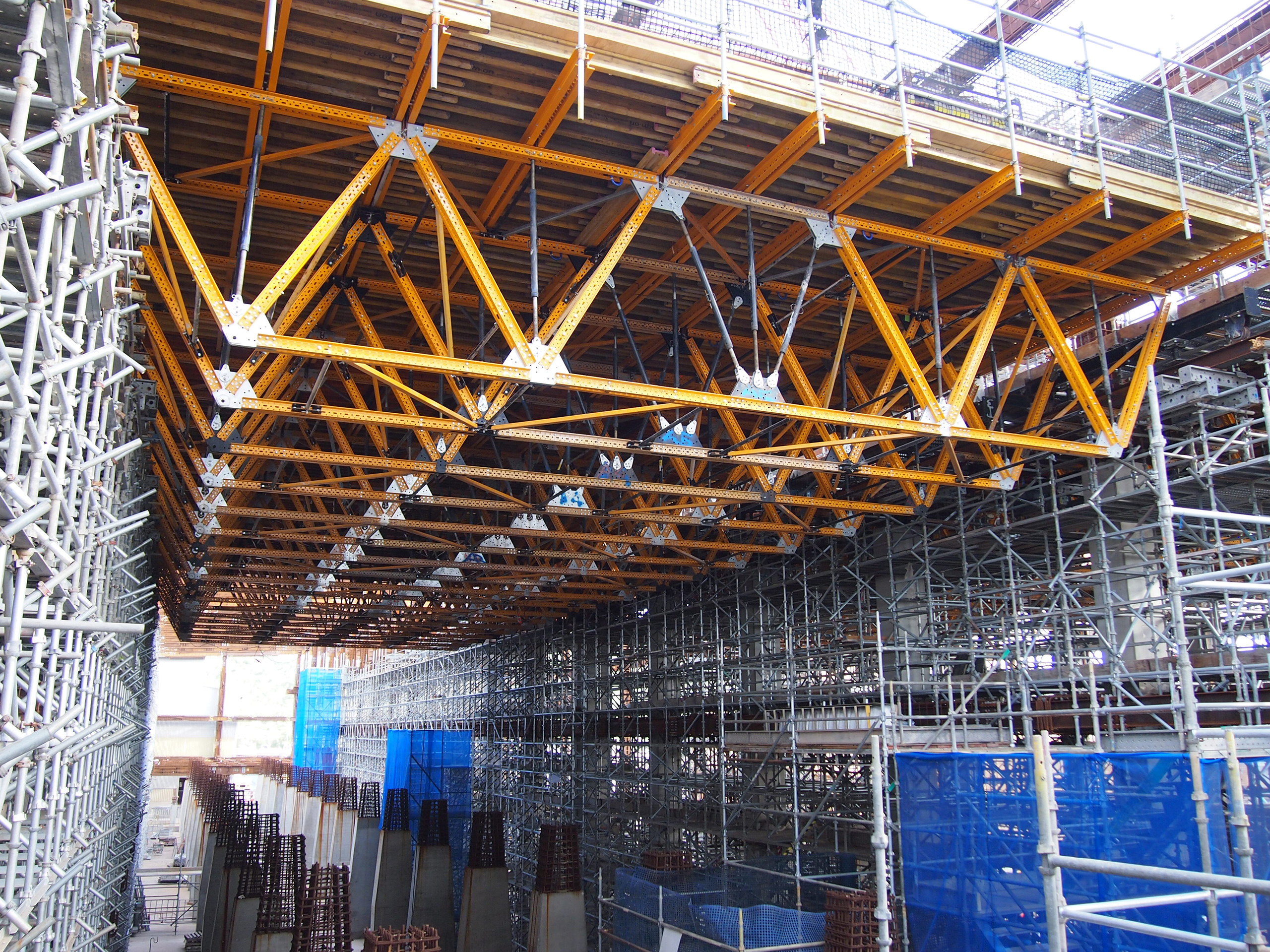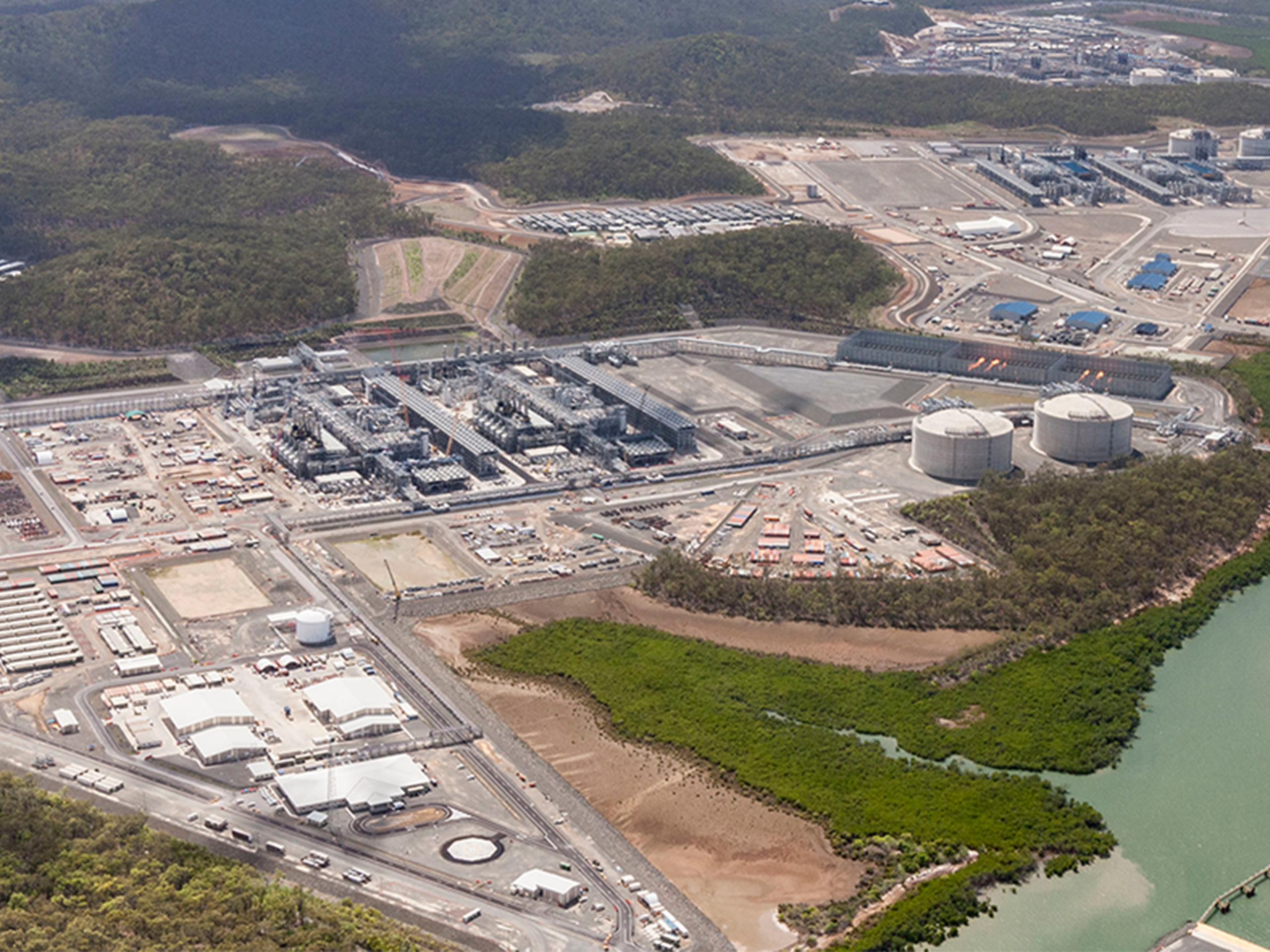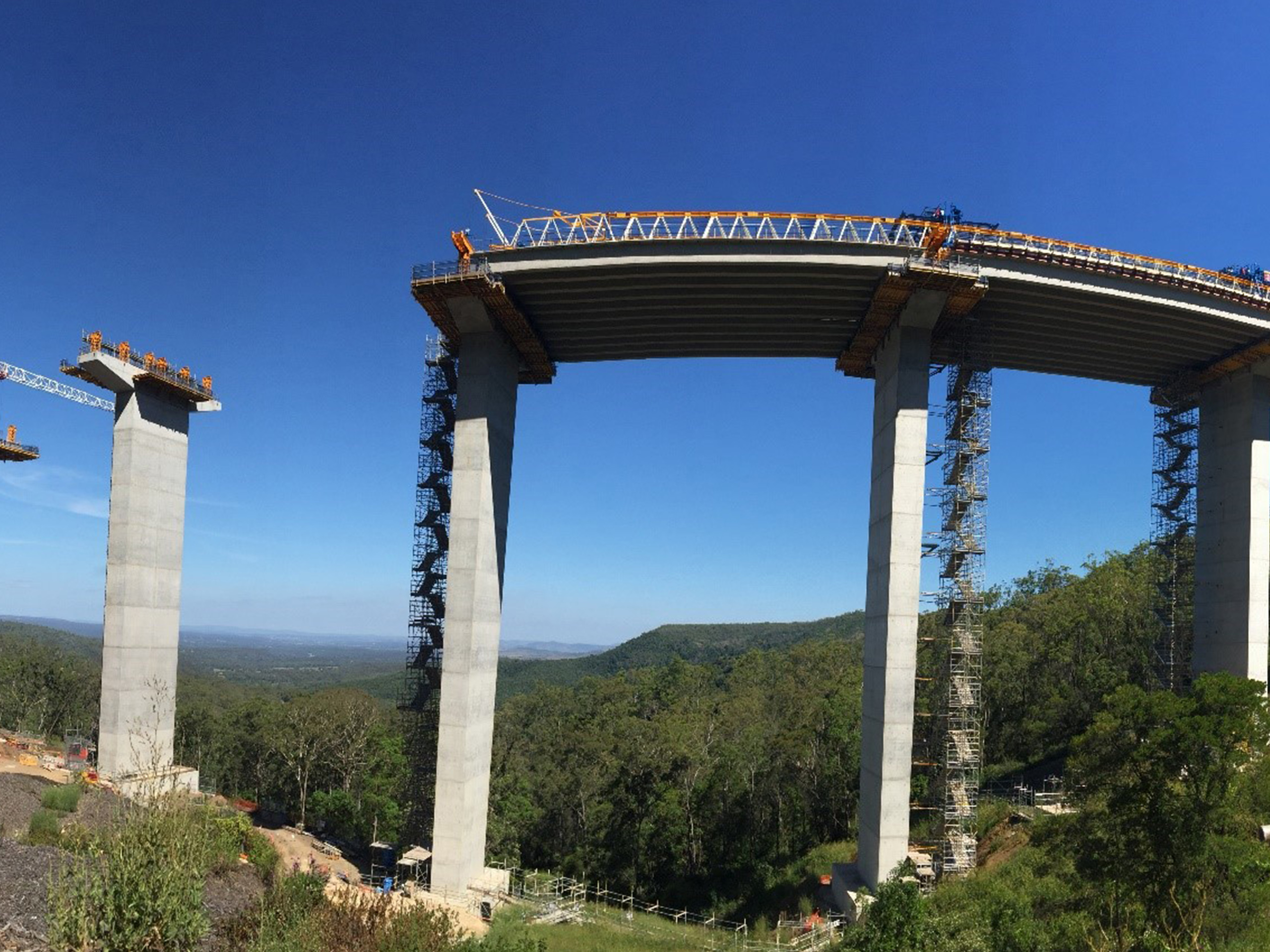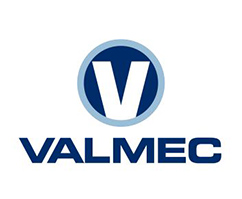Explore
Industrial Services
Acrow’s entry into the Industrial Scaffold market in October 2019, marked by the acquisition of Uni-span Australia Pty Ltd, initially focused on Queensland. Through substantial capital investments, this business has since expanded its footprint to include New South Wales, South Australia, and Tasmania. Specialising in industrial service and maintenance contracts, particularly within the Industrial, Oil, Gas, and Mining sectors, the Industrial Services division is a core pillar of Acrow.
Much like our Formwork business, it adopts a solution-oriented approach, catering to the complex and sizable projects of large operators, ensuring cost-effectiveness, timeliness, and a safe working environment. Our scope of services includes equipment and skilled labour provision for commissioning, decommissioning, large-scale shutdowns, and major infrastructure projects, all while accommodating the rising project demands nationwide.
INDUSTRIAL SERVICES OVERVIEW
- EHighly experienced team and strong customer service ethic.
- EGenerates revenue from wet hire agreements including hire, transport, labour and consumables.
- EAt the forefront of scaffold service providers in Queensland to the industrial sector and expanding interstate into New South Wales, Victoria, South Australia, Western Australia and Tasmania.
- EFull turnkey solution from design to supply and install.
- EStrong focus on the energy, mining and industrial sectors.
- EHighly specialised labour hire business for short-term, long-term contracts or permanent placements.
- EStaff is sourced from across Australia with a strong focus on Local Industry Participation (Local suppliers, skilled local and indigenous workforce).
- EHighly regarded professional team.
We develop and maintain loyal relationships with our customers, which is indicative of the service we provide. Our highly experienced team sets us apart from our competitors. Our employees are trusted and have the capacity, commitment, passion and versatility to achieve outstanding outcomes for our customers.
The Acrow Group of Companies integrity is apparent in our dedication to safety, the environment and in the quality we deliver. Our Industrial Services division, trading as Uni-span Australia Pty Ltd, ABN 84 0999 939 287, is ISO9001:2015, ISO45001:2018 and ISO14001:2015 accredited.

PROJECT GALLERY
LOCAL & INDIGENOUS PARTICIPATION
Aboriginal and Torres Strait Islander Engagement and Participation Management Plan forms part of every project and addresses the overall management of the project including:
- Ethe systems and methodologies we employ to ensure compliance with the Indigenous Peoples Participation requirements of each contract
- Ethe project management approach specific to regions
- Eour indigenous training, employment and engagement approach
- Eindustrial relations strategy and risk management
- Ethe interfaces between our Project Management Plan and the processes and responsibility for management of these
As a business, we value diversity and understand that initiatives are integral to ongoing success. As part of this commitment, the Acrow Group of Companies are looking to strengthen ties with the indigenous community by providing fulfilling careers and opportunities for indigenous people across the country.
QLD LABOUR LICENCE
The Labour Hire Licensing Act 2017 (the Act) establishes a mandatory licensing scheme for all labour hire providers operating in Queensland. The Industrial Services division, trading as Uni-span Australia Pty Ltd, holds a valid QLD Labour Licence.
ISO ACCREDITATIONS






















